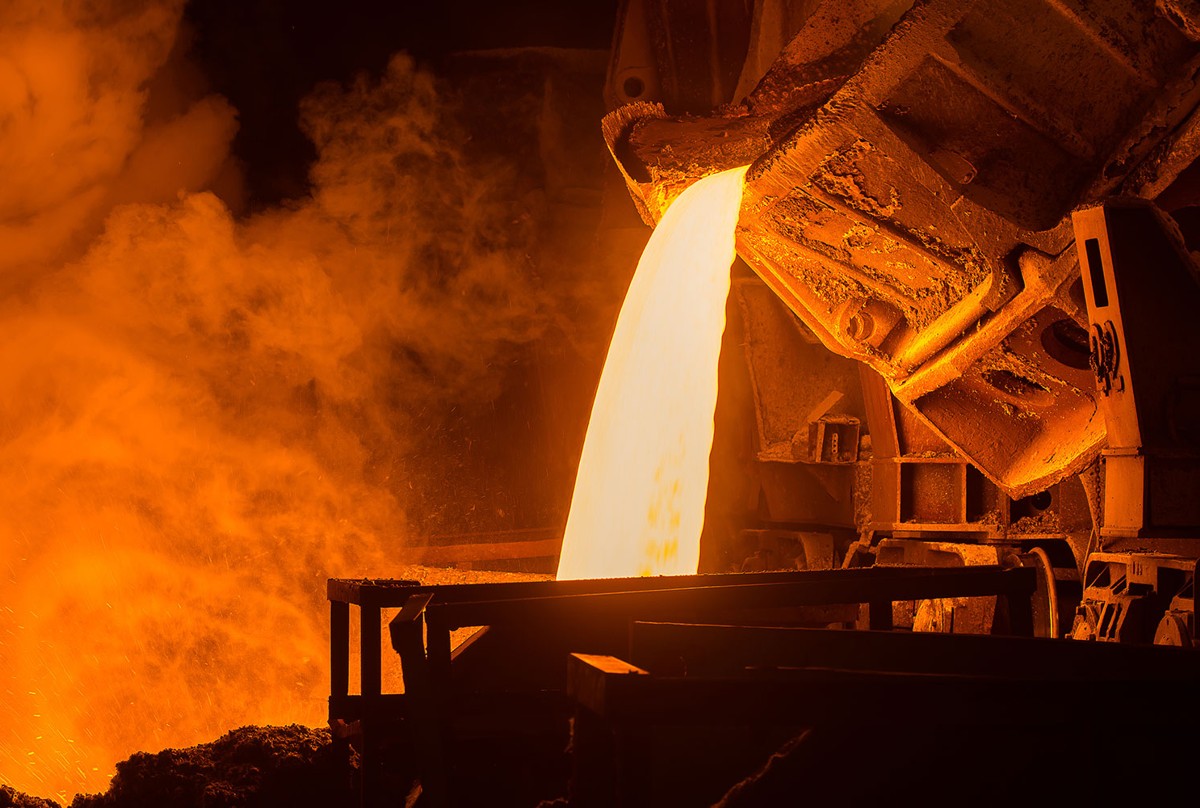Analysis

December 29, 2014
Active Oil and Gas Rigs: Holiday Slowdown
Written by Brett Linton
According to Baker Hughes data from December 29th, 2014, the U.S rig count for this week is 1,840 rigs exploring for or developing oil or natural gas. This count is a decrease of 35 rigs when compared to last week, with oil rigs down 37 to 1,499 rigs, gas rigs up 2 to 340 rigs, and miscellaneous rigs unchanged at 1 rig. Compared to last year the 1,840 count is an increase of 83 rigs, with oil rigs up by 117, gas rigs down by 34, and miscellaneous rigs unchanged.
The Canadian rig count decreased by 135 to 256 rigs this week, with oil rigs down 96 to 94 rigs and gas rigs down 39 to 162 rigs. Compared to last year the 256 count is a decrease of 7 rigs, with oil rigs down by 37 and gas rigs up by 30. International rigs increased by 16 to 1,324 rigs for the month of November, an increase of 13 rigs from the same month one year ago. For a history of both the US and Canadian rig count click here.
About the Rotary Rig Count
A rotary rig is one that rotates the drill pipe from the surface to either drill a new well or sidetracking an existing one. They are drilled to explore for, develop and produce oil or natural gas. The Baker Hughes Rotary Rig count includes only those rigs that are significant consumers of oilfield services and supplies.
The Baker Hughes North American Rotary Rig Count is a weekly census of the number of drilling rigs actively exploring for or developing oil or natural gas in the United States and Canada. Rigs considered active must be on location and drilling. They are considered active from the time they break ground until the time they reach their target depth.
The Baker Hughes International Rotary Rig Count is a monthly census of active drilling rigs exploring for or developing oil or natural gas outside of the United States and Canada. International rigs considered active must be drilling at least 15 days during the month. The Baker Hughes International Rotary Rig Count does not include rigs drilling in Russia or onshore China.








